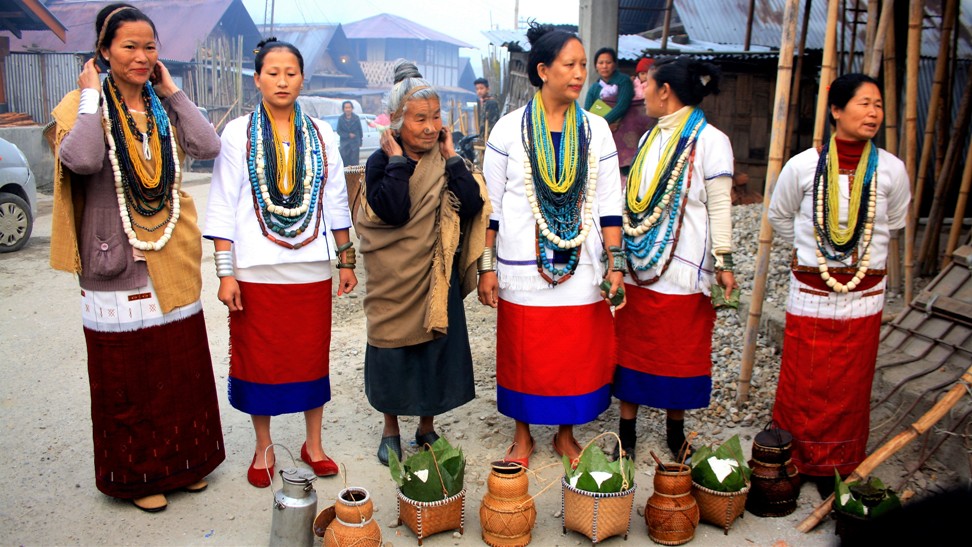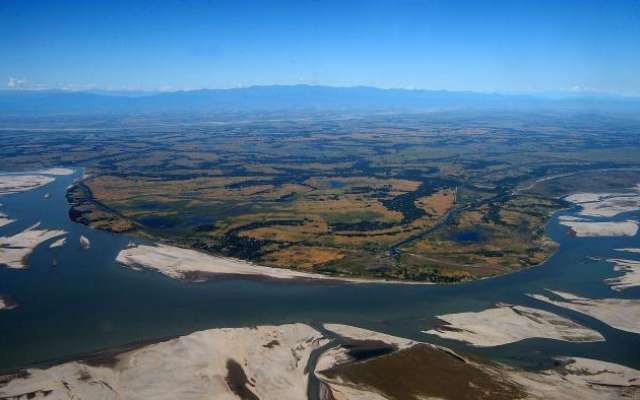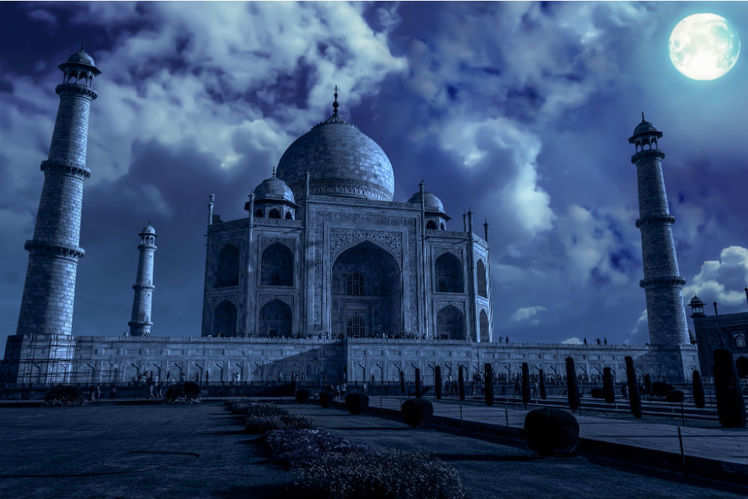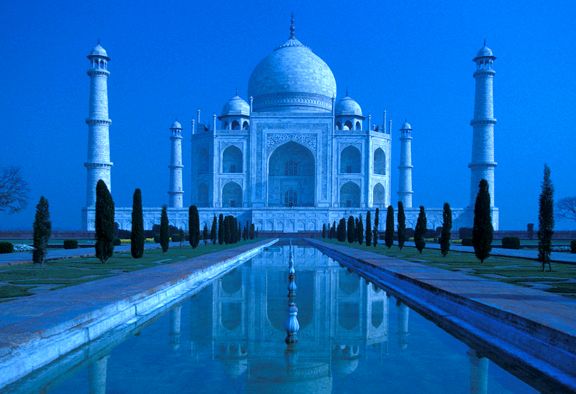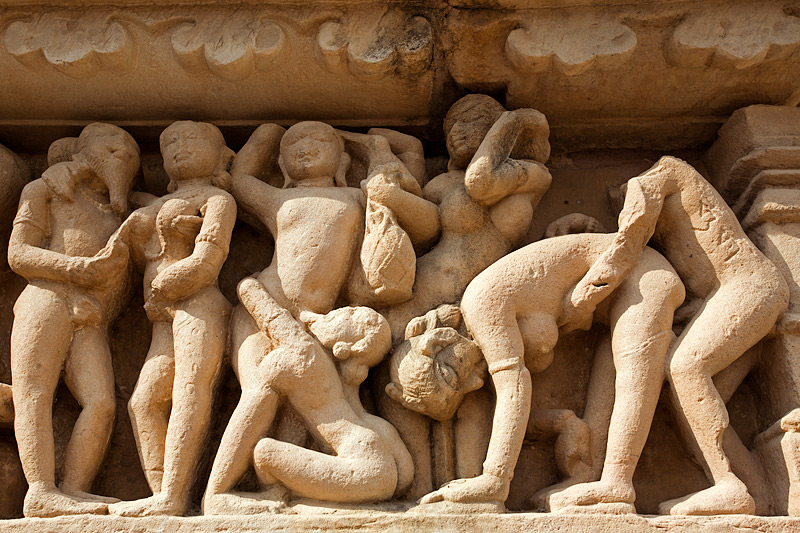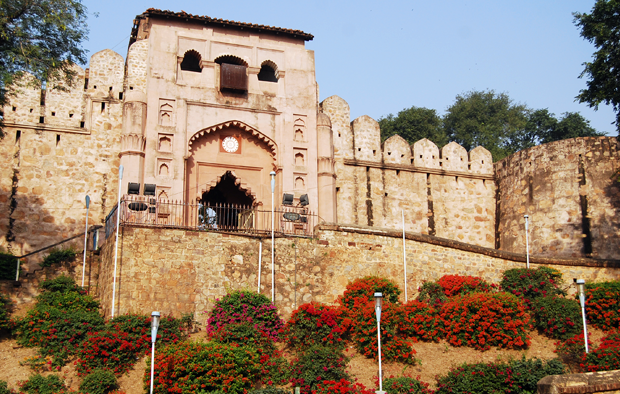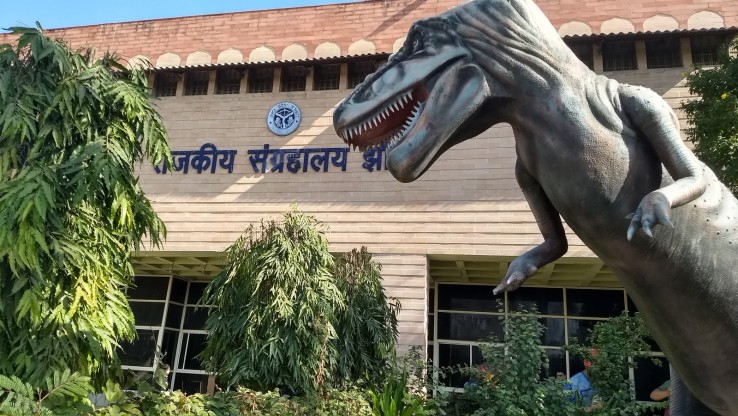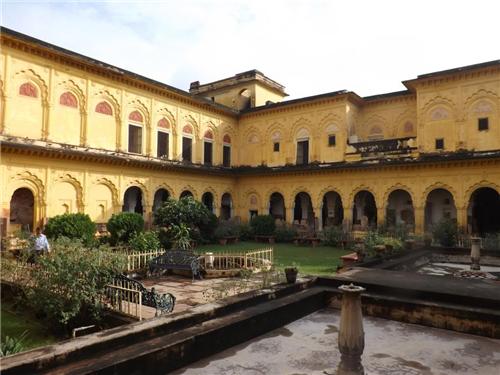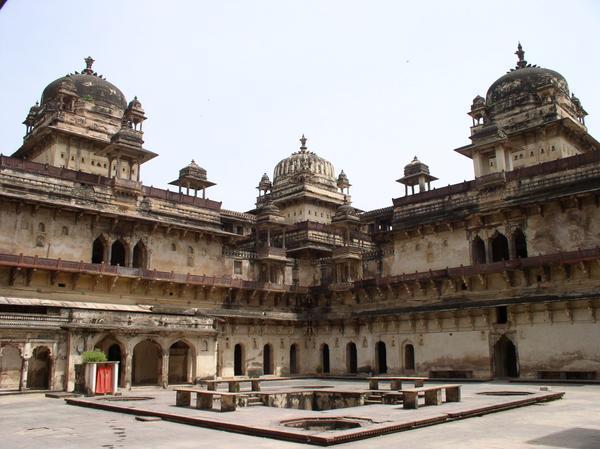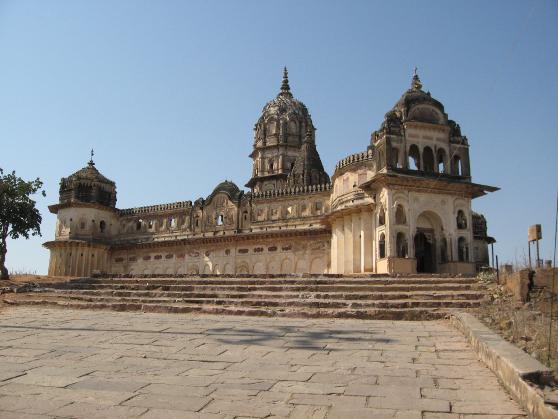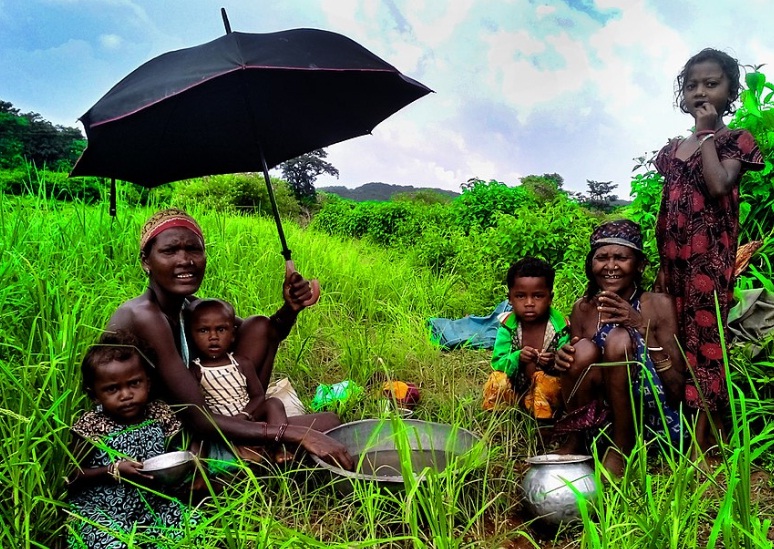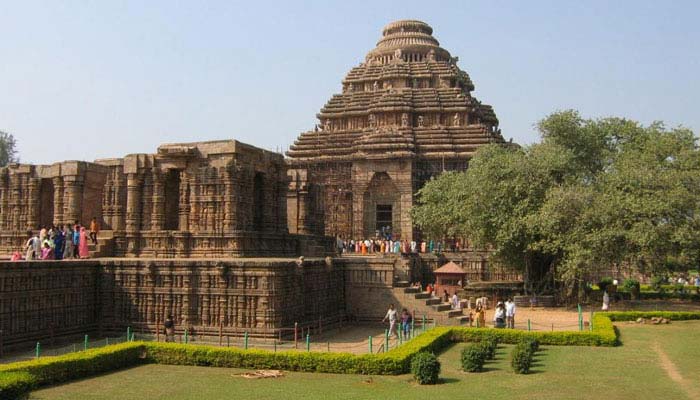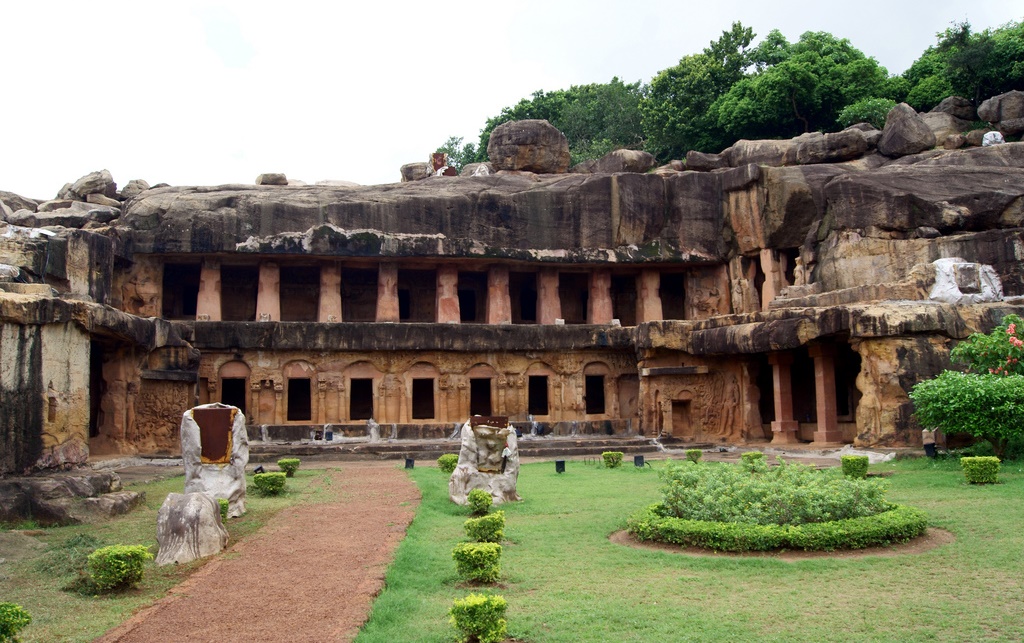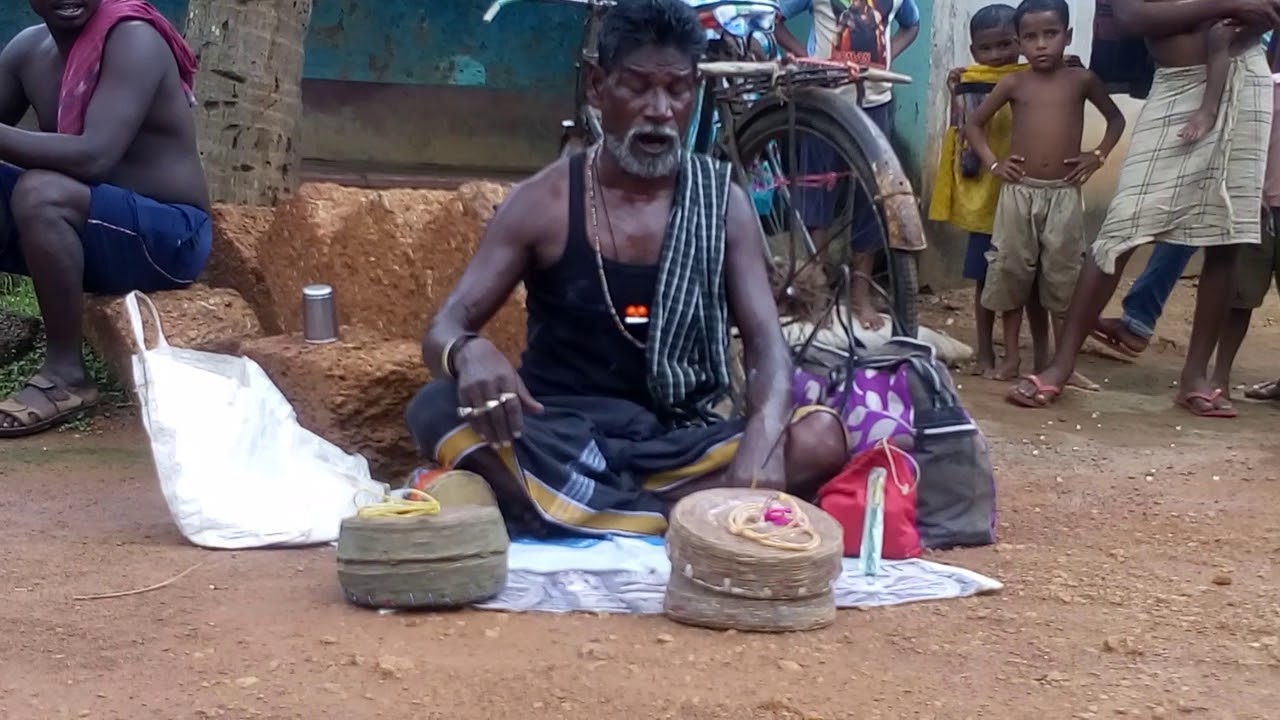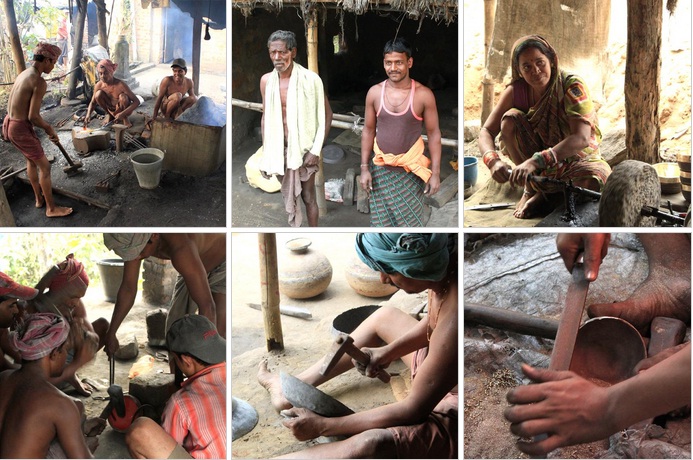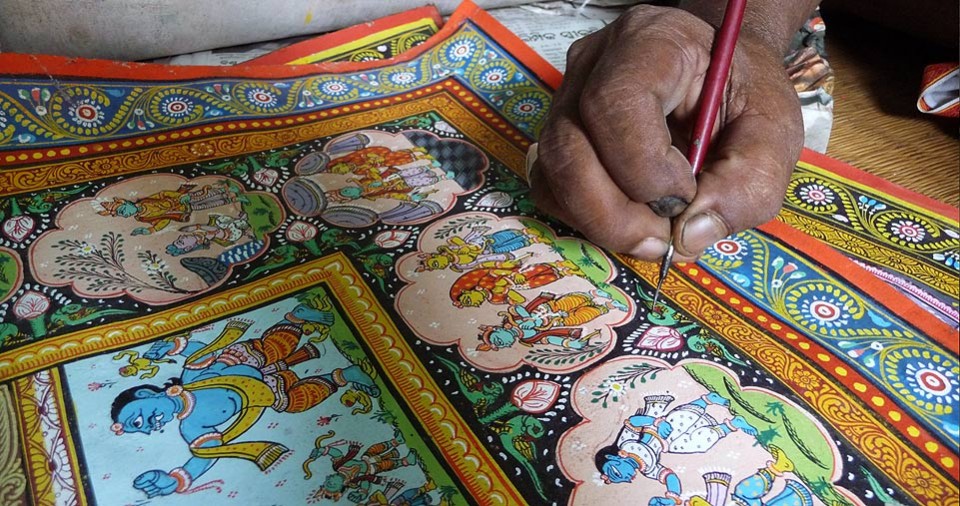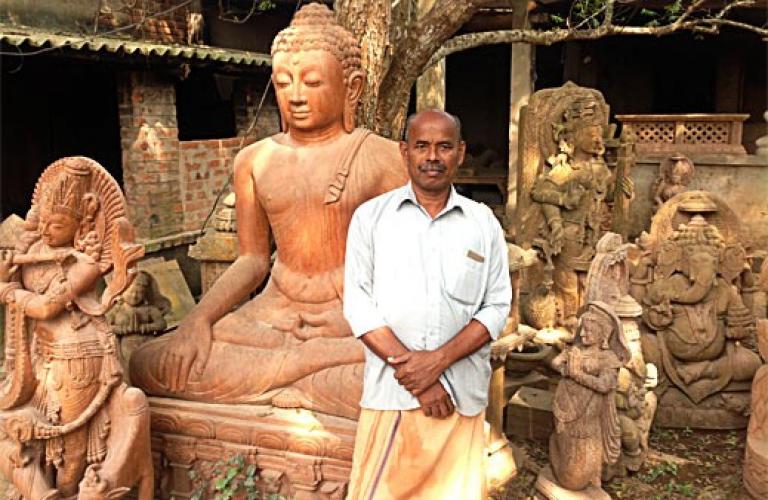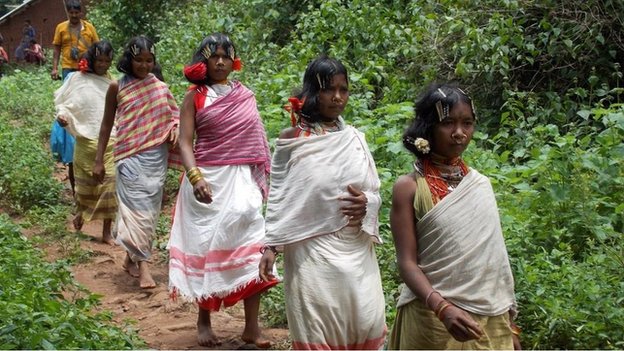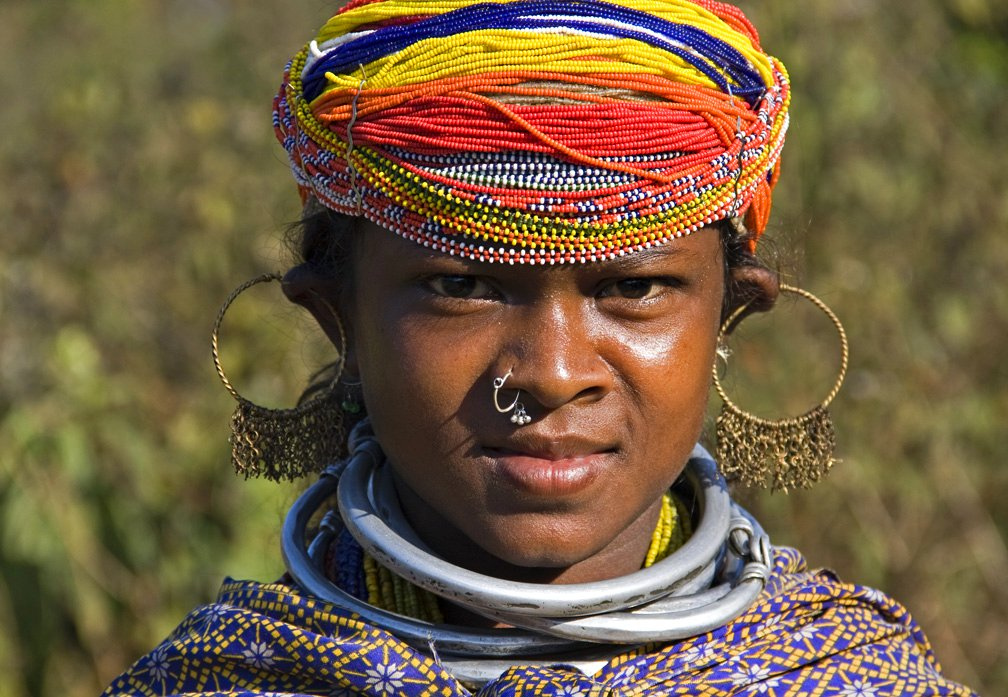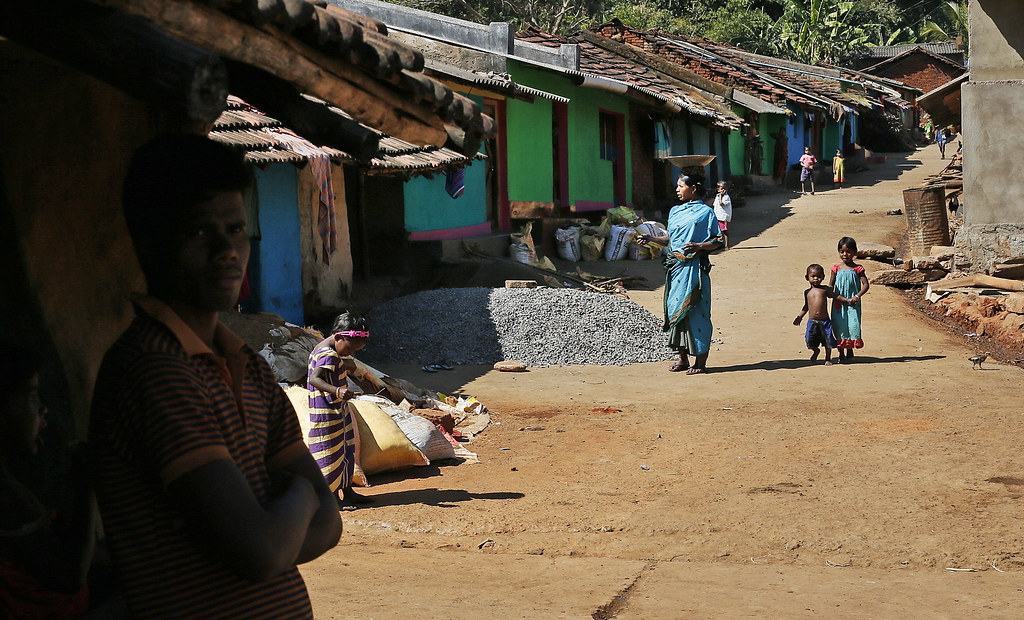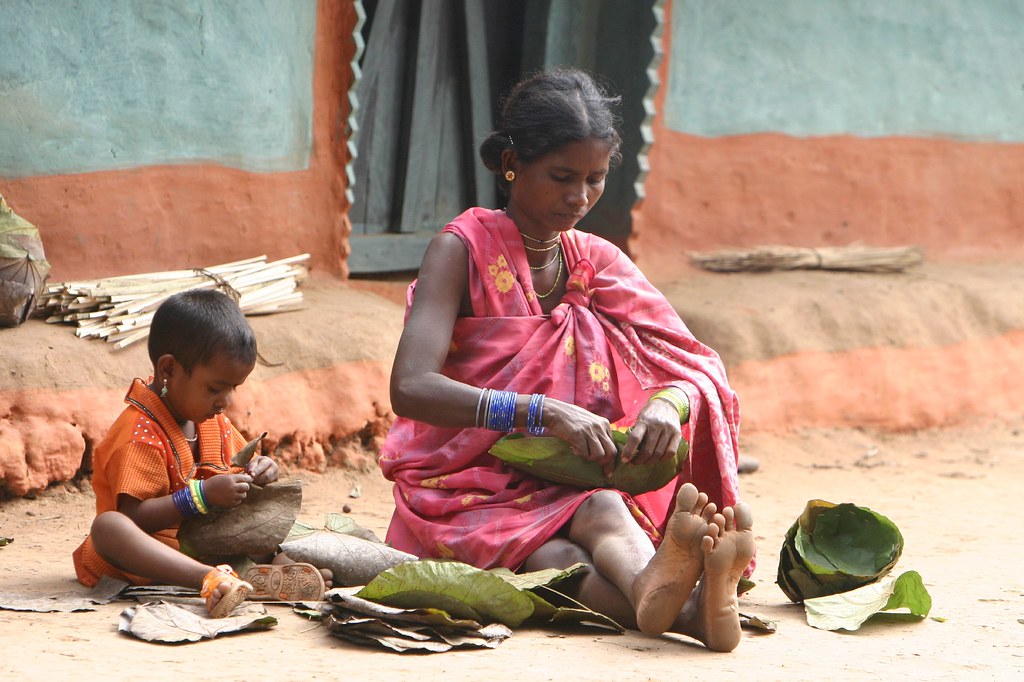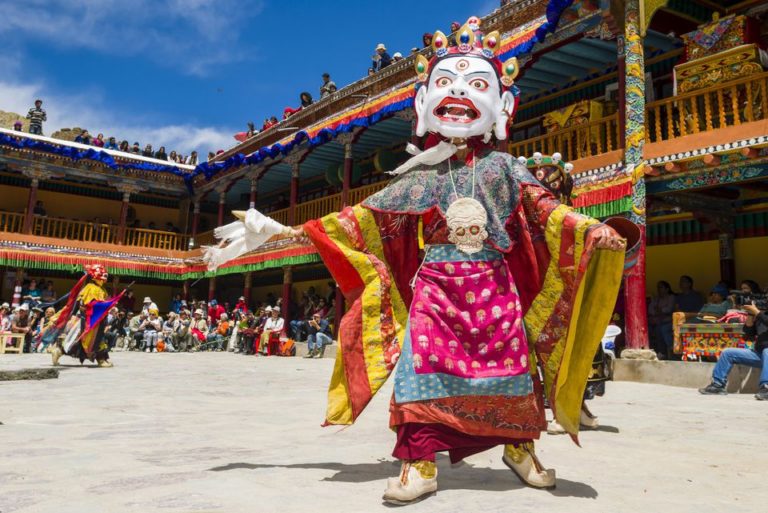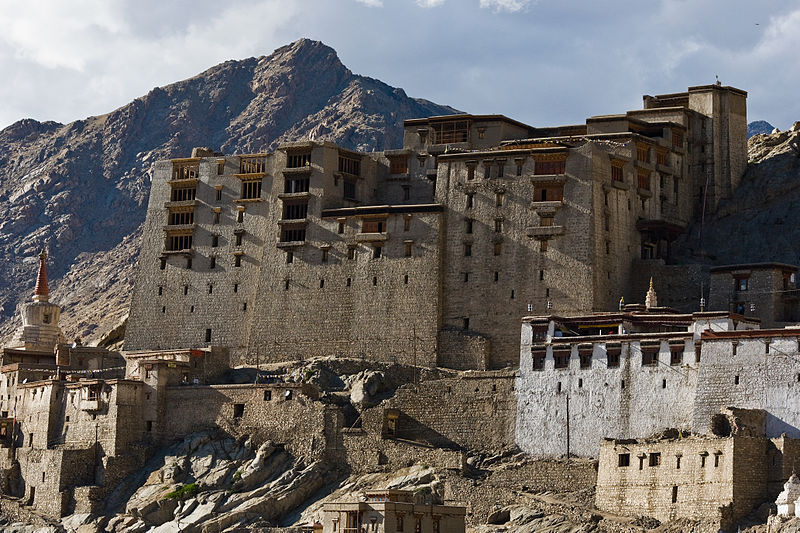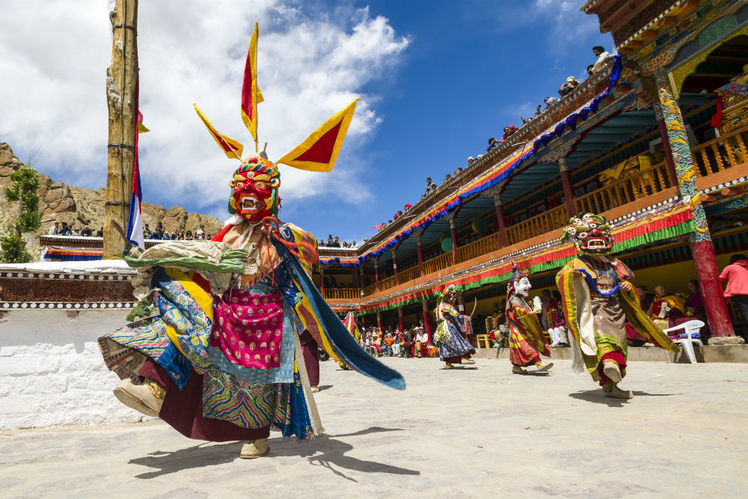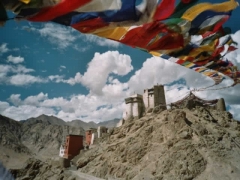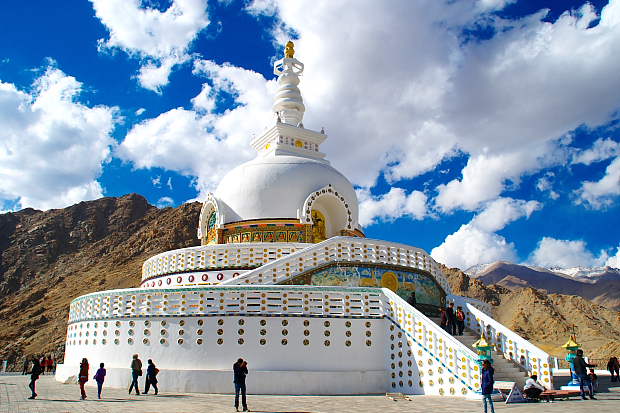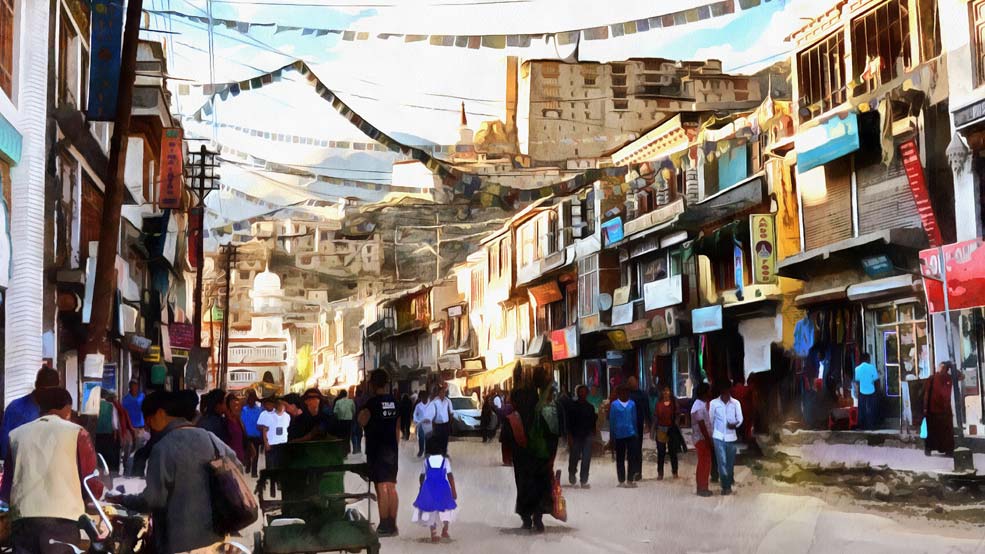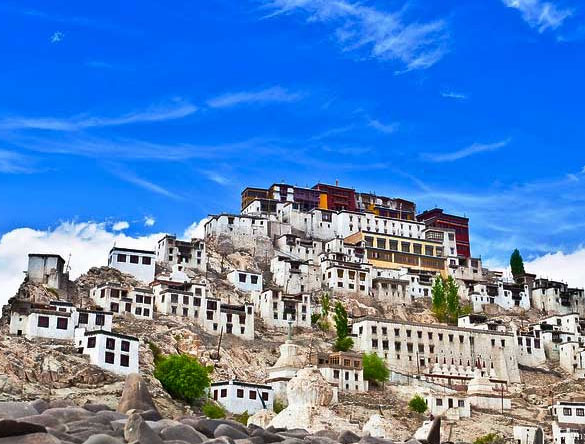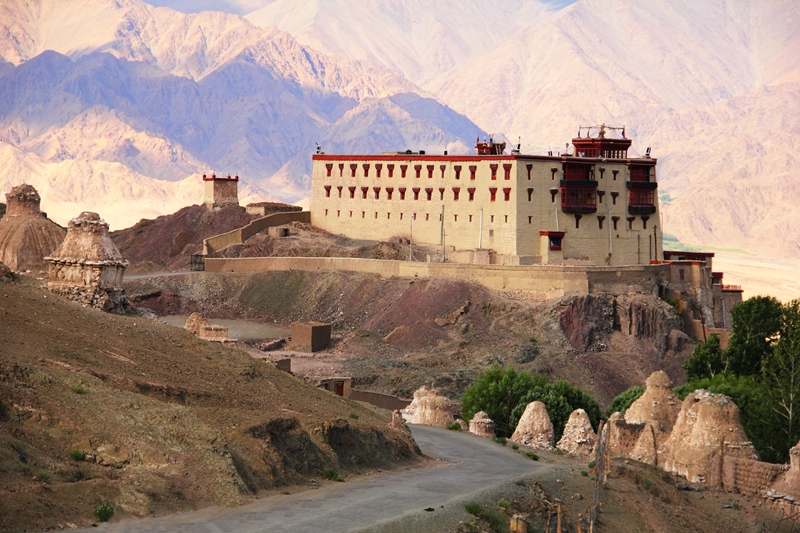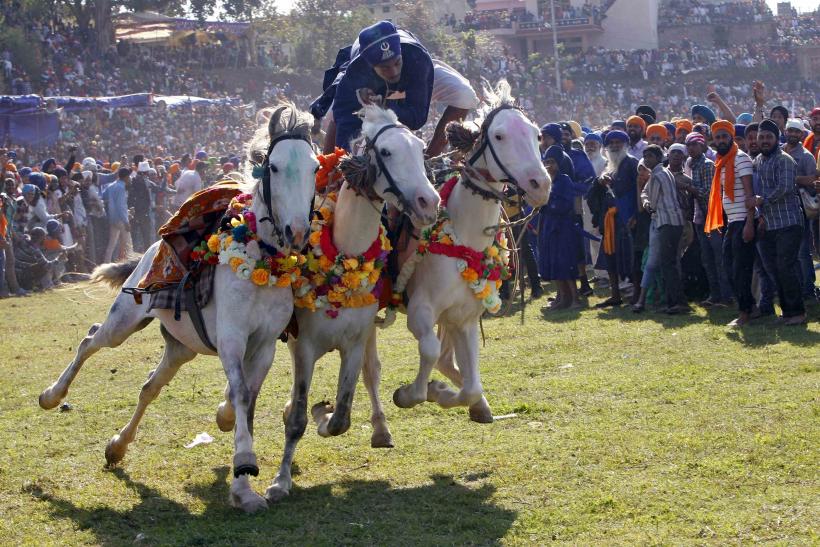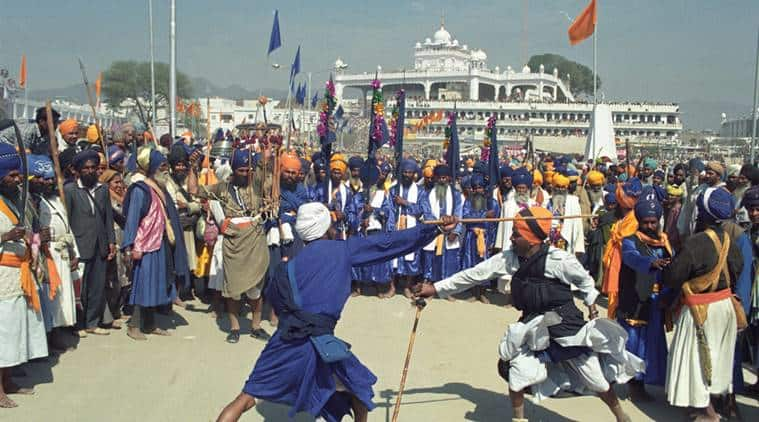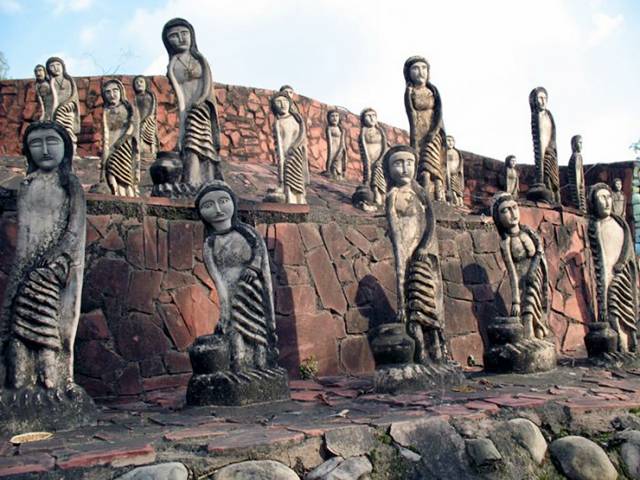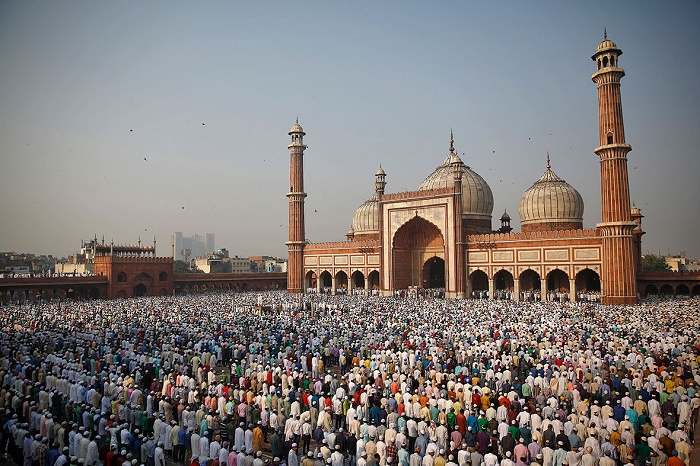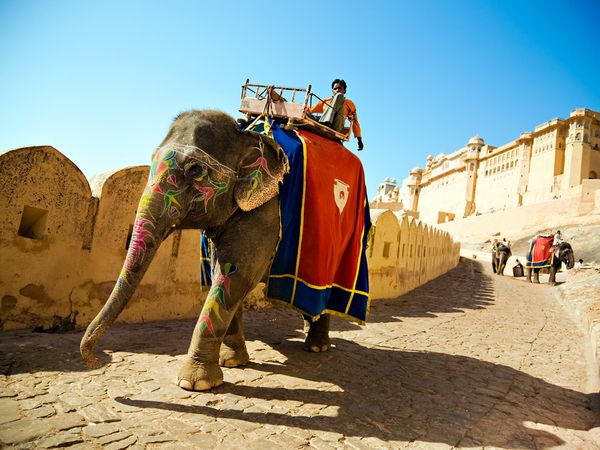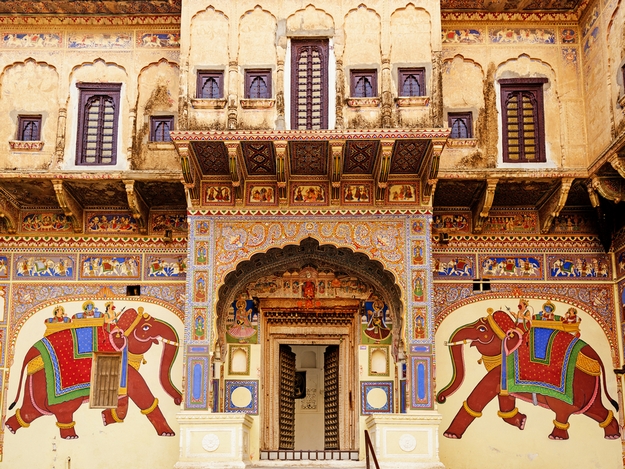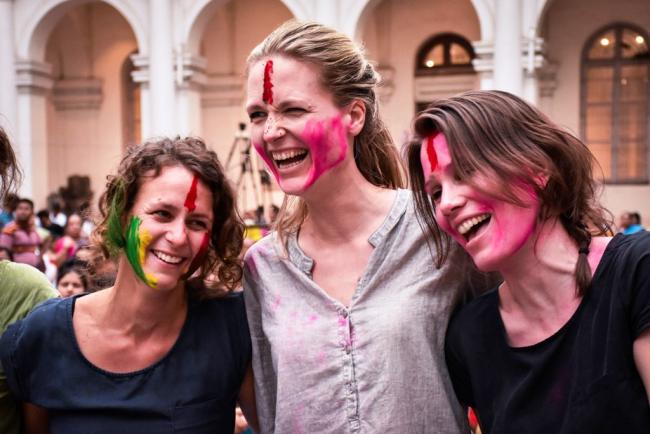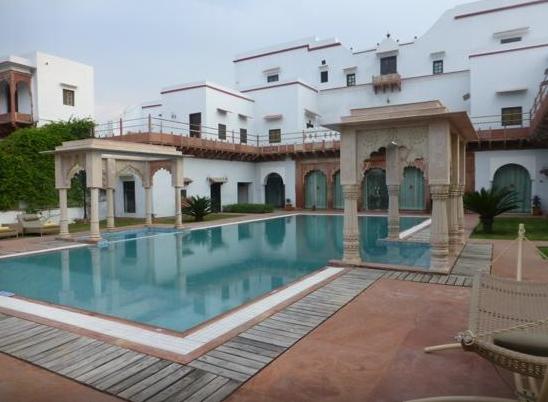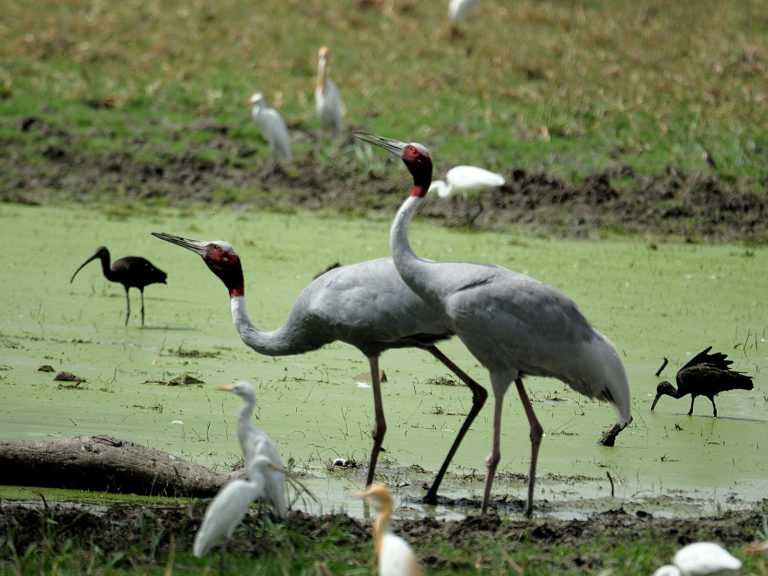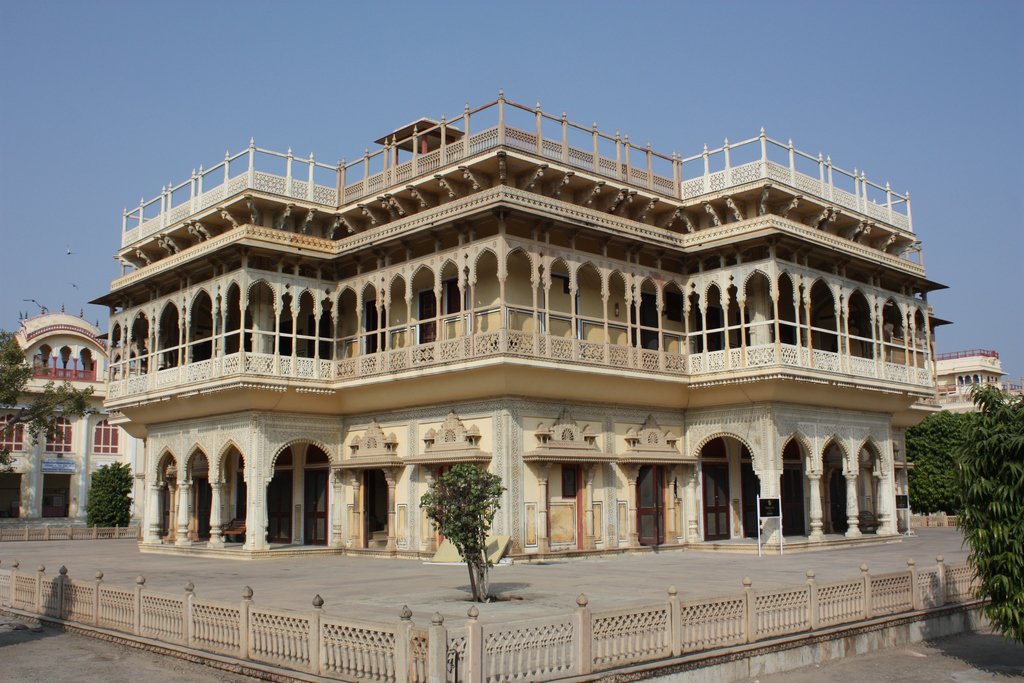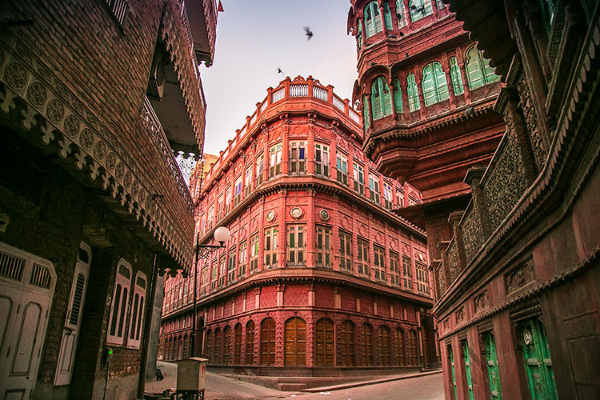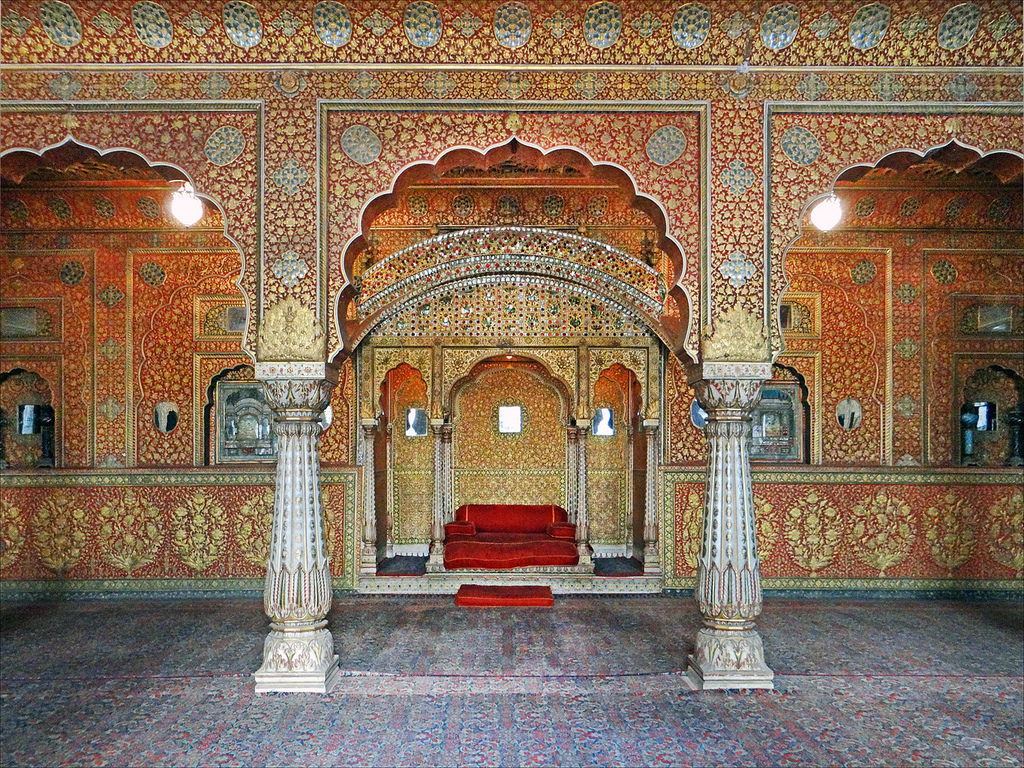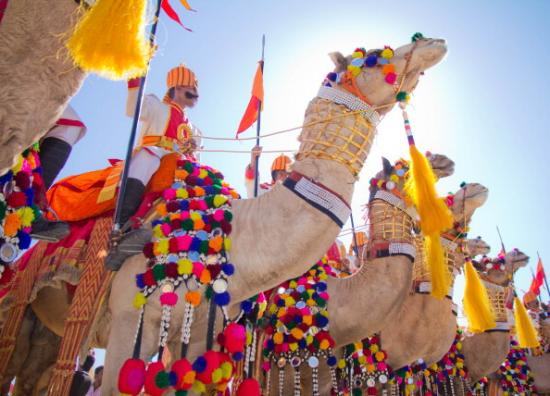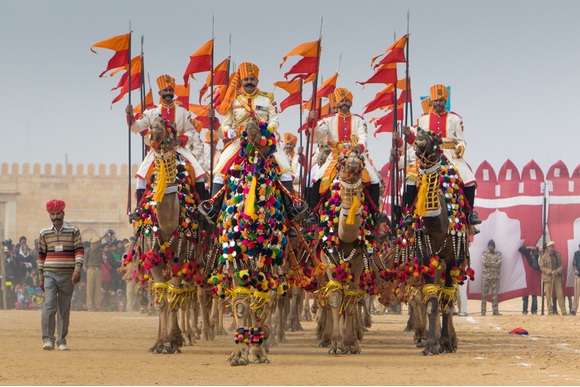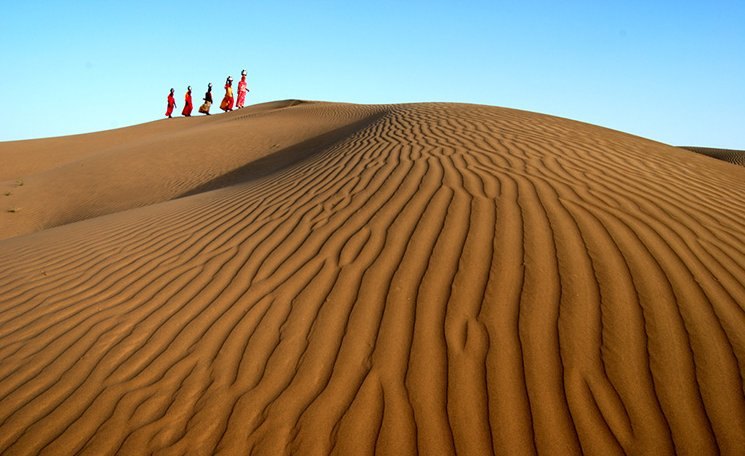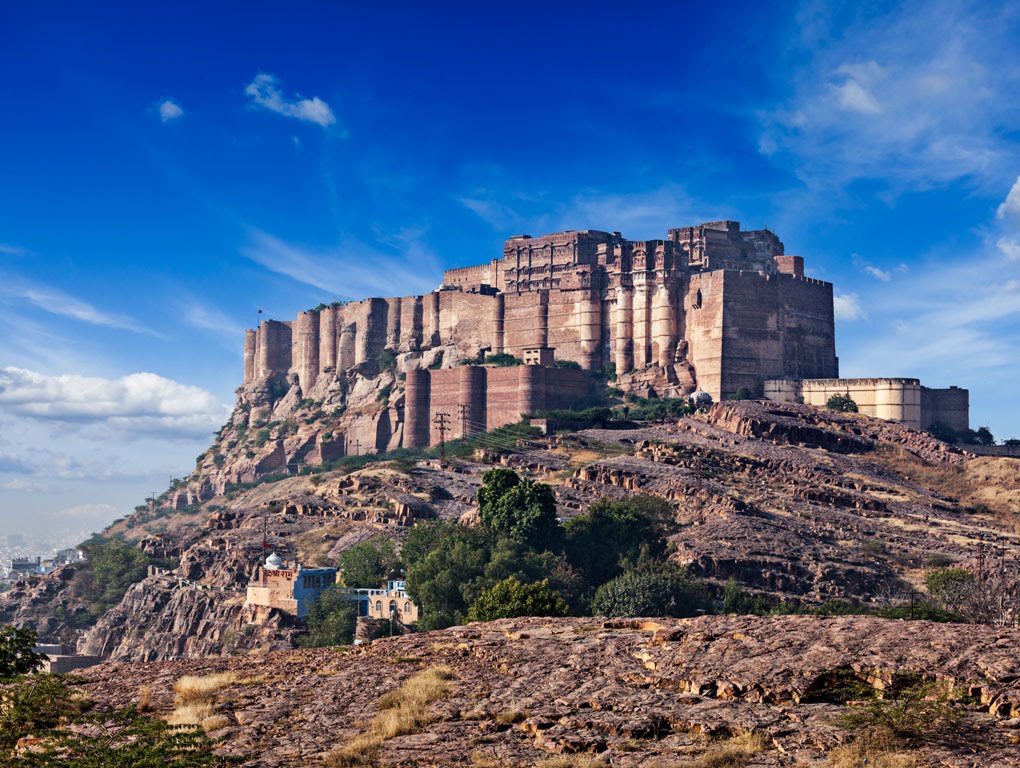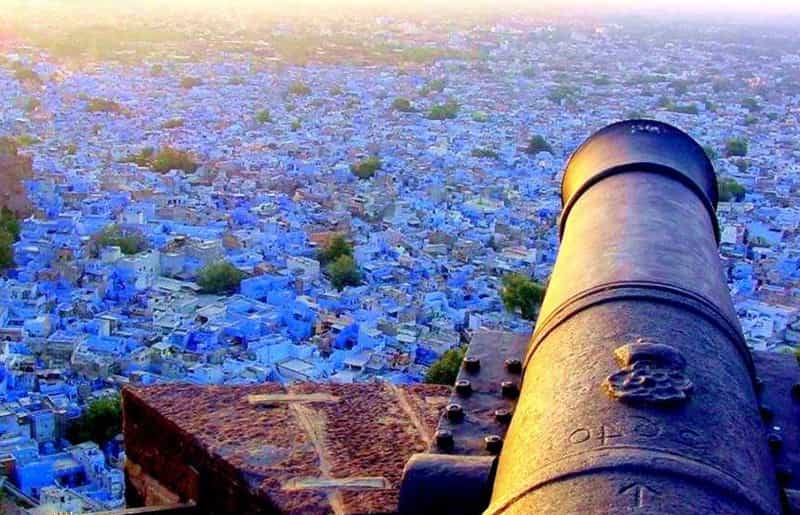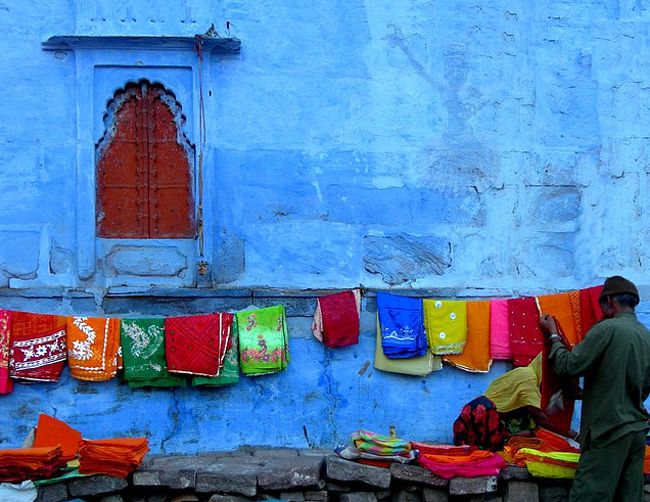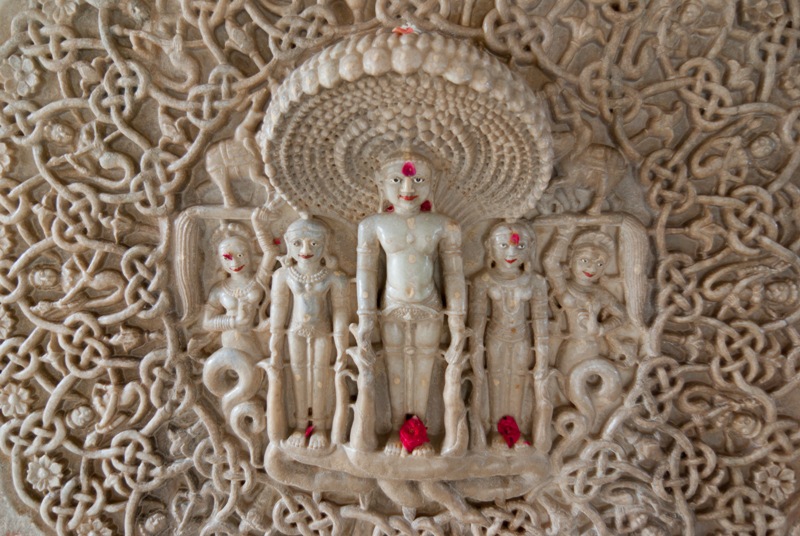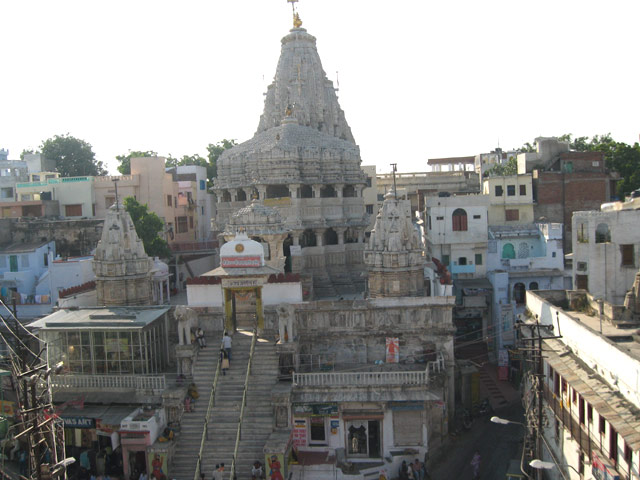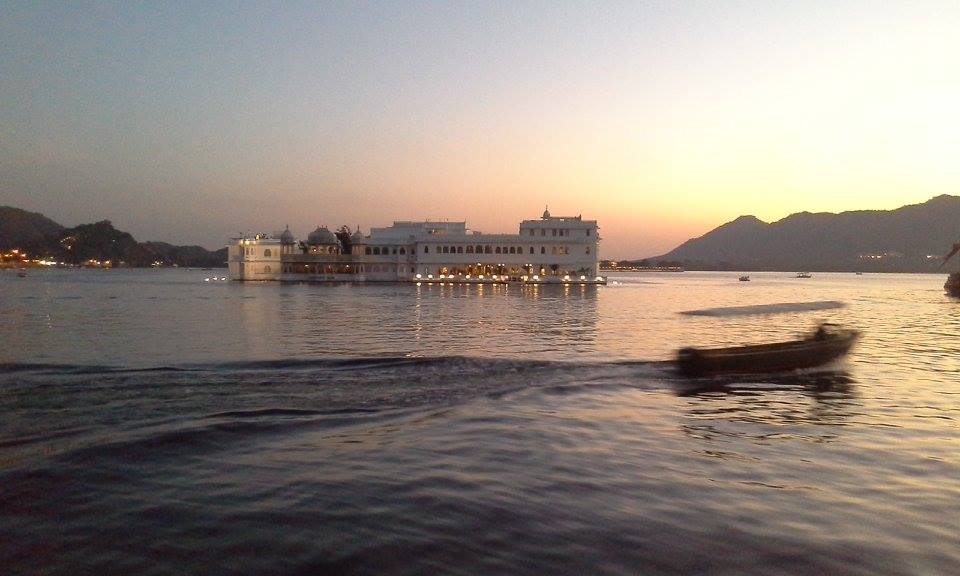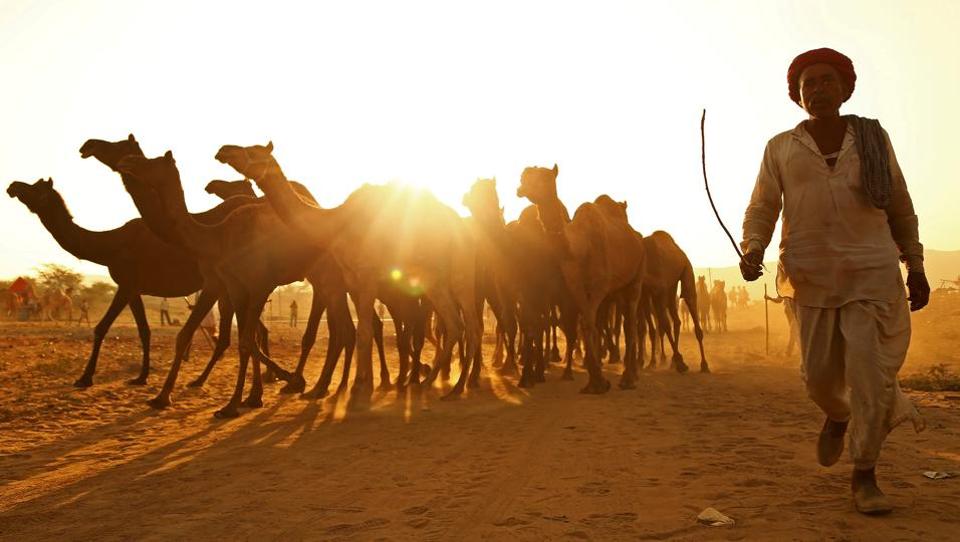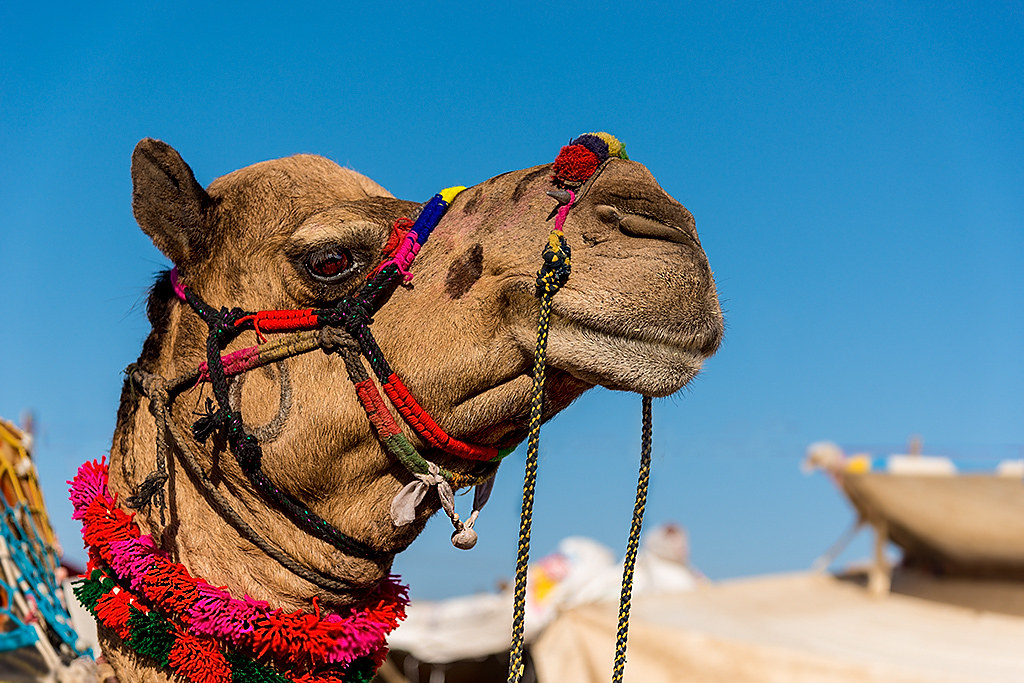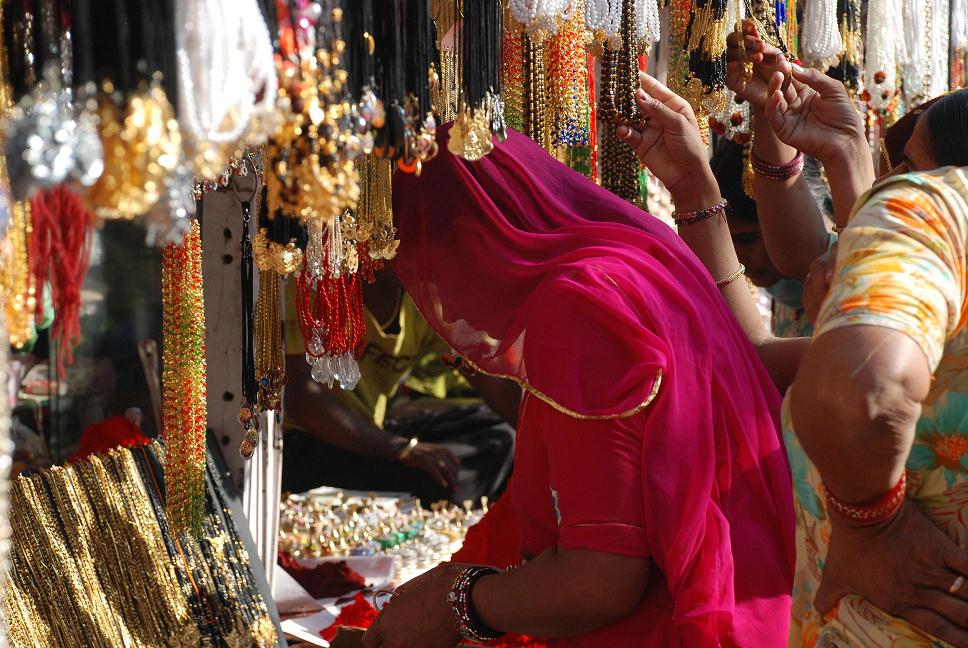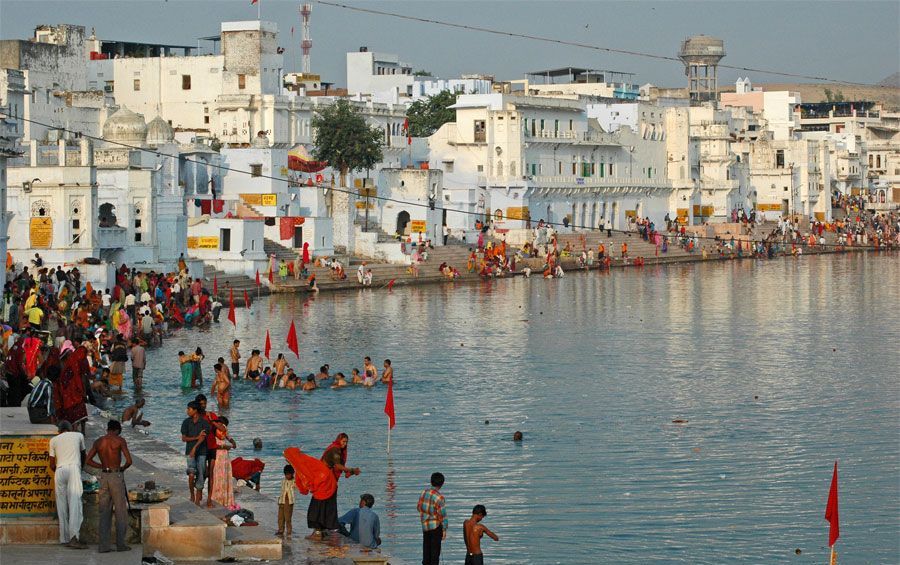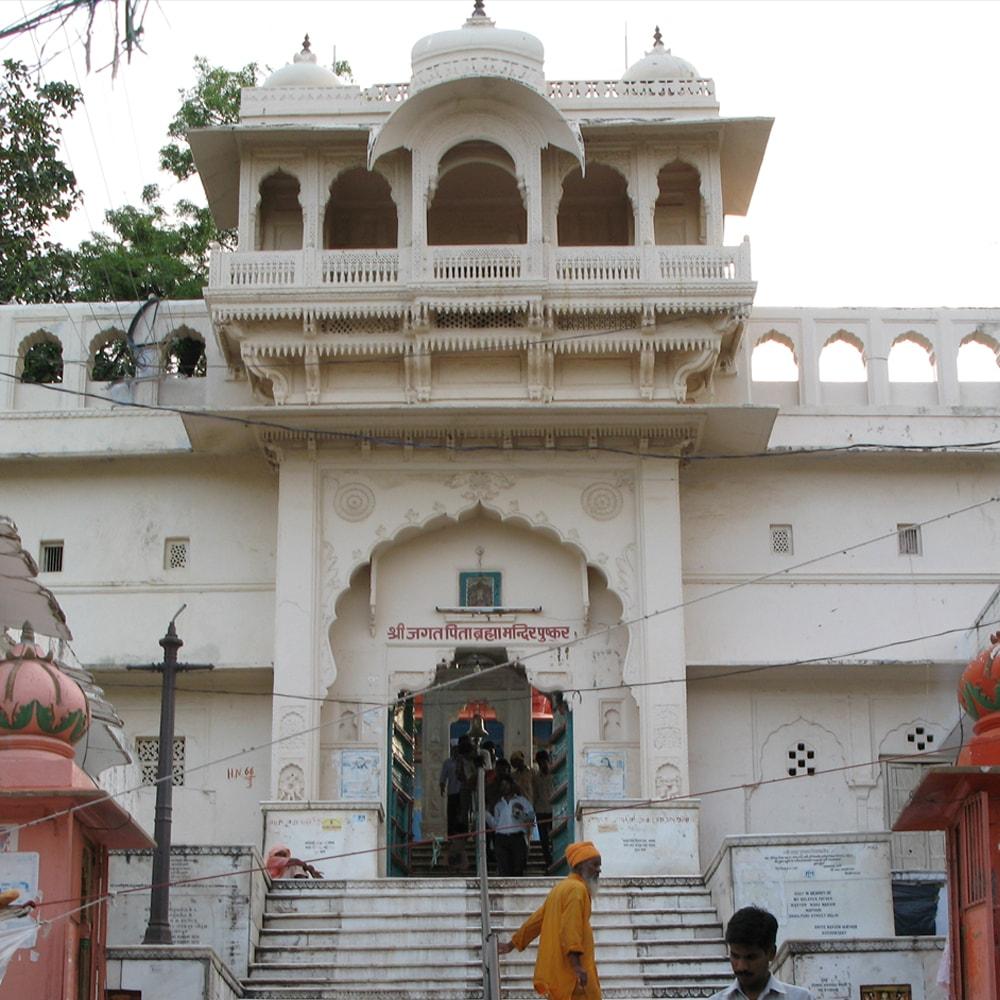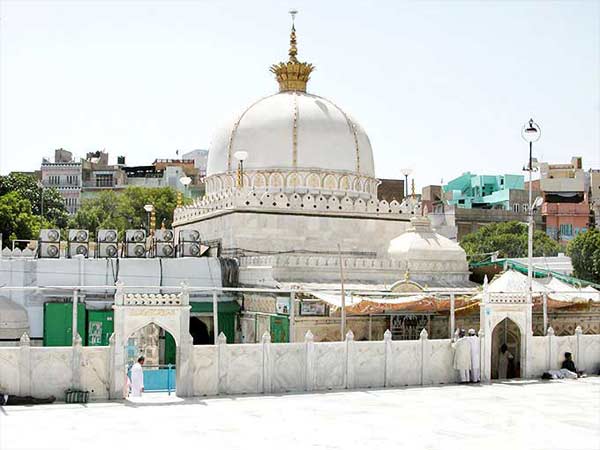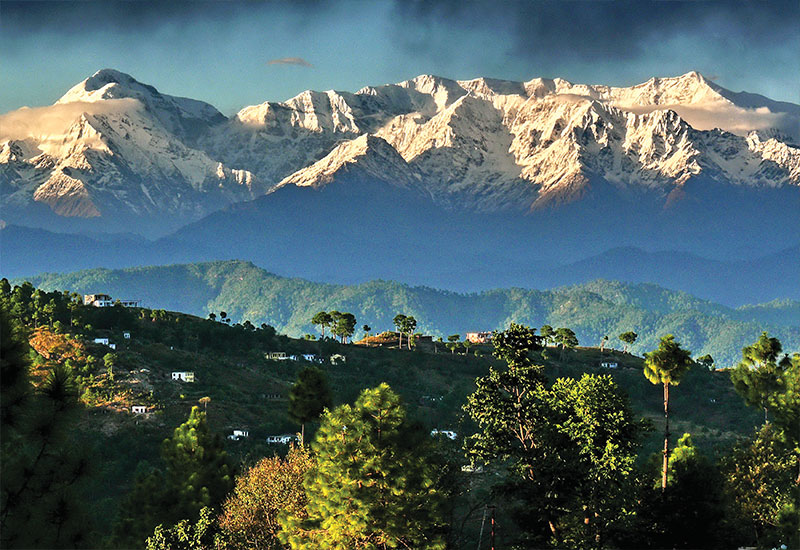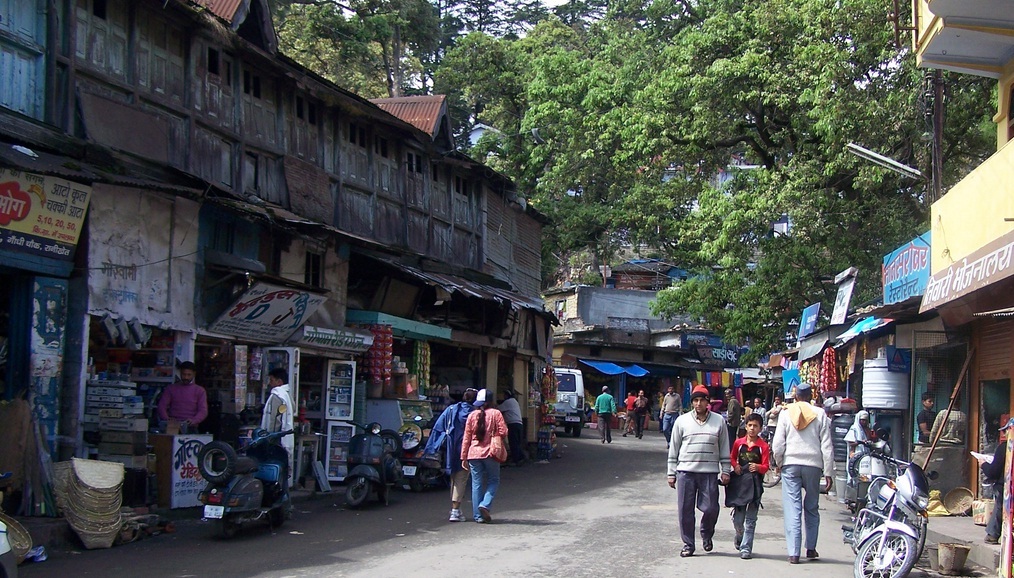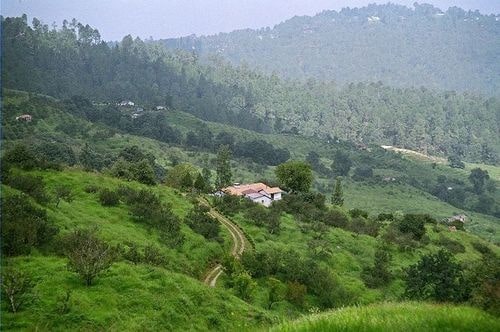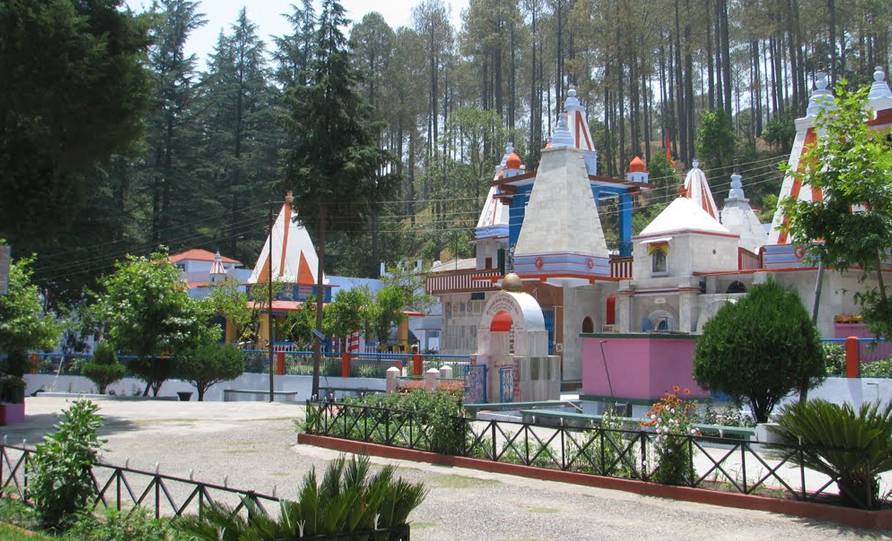Embark on an unforgettable 10-day expedition delving into the enchanting heartlands of Northeast India.
Tour Overview
Your journey begins in Kolkata, and after a flight to Lilabari, you’ll venture into the captivating realm of Ziro, visiting Nyishi tribal villages along the way. Immerse yourself in the Apatani culture, exploring villages known for their unique features and fascinating traditions. Ferry across the Brahmaputra River to the captivating Majuli Island, where you’ll discover 15th-century “satras” and the rich heritage of the Mishing tribe.
Delve deeper into the Naga culture as you explore the intriguing village of Longwa, straddling international boundaries, and interact with Konyak Tattooed Head Hunters. Traverse Charaideo Maidam’s sacred burial grounds and journey through the wildlife haven of Kaziranga National Park, home to one-horned rhinos. As your adventure concludes in Guwahati, your heart will be filled with the vibrant tapestry of cultures, traditions, and natural wonders that Northeast India has to offer.
Destinations Covered
Ziro: Nestled in the verdant landscapes of Arunachal Pradesh, Ziro is a treasure trove of indigenous cultures. Explore the distinctive Apatani villages, where women adorn themselves with wooden nose plugs and both genders sport intricate face tattoos. Experience the charm of Hong/Hari/Hapoli villages, where each sect showcases unique traditions, clothing, and language.
Majuli Island: Immerse yourself in the tranquility of the world’s largest river island, Majuli. Discover the 15th-century “satras” that are the heart of Assamese culture, including Samuguri Satra, renowned for its mask-making, and Uttar Kamalabari Satra, the oldest on the island. Engage with the Mishing tribe and witness their traditional lifestyle and dairy farming practices.
Mon: Delve into the mystical world of the Konyak tribe as you explore Mon. Visit Longwa Village, where an Angh’s house straddles the Indian-Myanmar border, and interact with the local community. Marvel at the intriguing Konyak Tattooed Head Hunters and their unique cultural heritage.
Jorhat: Uncover the historical richness of Jorhat, home to Charaideo Maidam’s sacred burial grounds and the exquisite Kareng Ghar, a testament to the Ahom dynasty’s legacy. Immerse yourself in Assam’s regal past and admire the architecture that once ruled the region.
Kaziranga National Park: Embark on thrilling wildlife encounters in Kaziranga, a UNESCO World Heritage Site famed for its one-horned rhinos. Partake in elephant and jeep safaris, where you’ll be surrounded by diverse wildlife against a backdrop of lush grasslands and water bodies.
Guwahati: Concluding your journey, Guwahati offers a blend of modernity and tradition. Explore the city’s vibrant markets, dine on local delicacies, and take in the scenic beauty of the Brahmaputra River before bidding farewell to this captivating region.
Detailed Tour Plan
Day 01: Kolkata – Lilabari (by Flight) – Ziro (By surface approx. 130 Kms/04 Hrs)
 Early morning transfer to airport to catch the flight to Lilabari. Arrive at Lilabari airport and drive to Ziro en-route visit Nyishi tribal villages.
Early morning transfer to airport to catch the flight to Lilabari. Arrive at Lilabari airport and drive to Ziro en-route visit Nyishi tribal villages.
On arrival, check in to the hotel. Overnight in the Hotel.
Day 02: Ziro
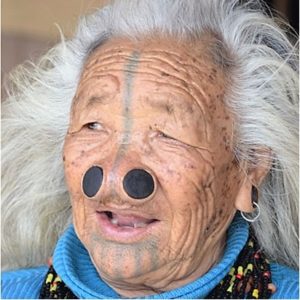 Full day is to visit the Hong/Hari/Hapoli and other Apatani Villages. It is the ambition of each woman to wear the largest possible nose plugs, which are made of wood.
Full day is to visit the Hong/Hari/Hapoli and other Apatani Villages. It is the ambition of each woman to wear the largest possible nose plugs, which are made of wood.
Both sexes extensively tattoo their faces. Each sect has distinctive features. Their hats, clothes, ornaments, language and even physical features are totally different.
Overnight in the Hotel.
Day 03: Ziro-Majuli (By surface approx. 220 Kms/05 Hrs + Ferry crossings)
After breakfast drive to Majuli Island, En route cross the local tributaries of Brahmaputra River by locally made ferry.
On arrival in Majuli, check in to the lodge for overnight stay.
Day 04: Majuli Island
Full day is to explore the Majuli Island. The world’s largest River Island is famous for its twenty-two 15th Century “satras”. Visit Samuguri Satra famous for making Mask which are used during the live performance. Later visit Uttar Kamalabari Satra – the older Satra in Majuli Island.
We will also explore the villages of Mishing tribes who live on this island & Dairy farmers village.
Day 05: Majuli Island-Mon (By surface approx. 210 Kms /06 Hrs + 1 ½ hrs. ferry crossing)
Early morning start your drive to Mon for 06 hours. If lucky we may see tea workers working on the numerous tea gardens enroute. After going through local Police & Indian Army checking formalities at the border of Nagaland, we enter the state.
We will enter the first Naga village on the way to Mon to pay a visit to the Village Morung. On arrival, check-in to the resort.
Day 06: Mon
After breakfast, we drive to Longwa village (approx. 42 kms/2 Hrs), one of the biggest villages in Mon district, it is an interesting sight to see. En route we make stops to visit local market and admire scenic beauty.
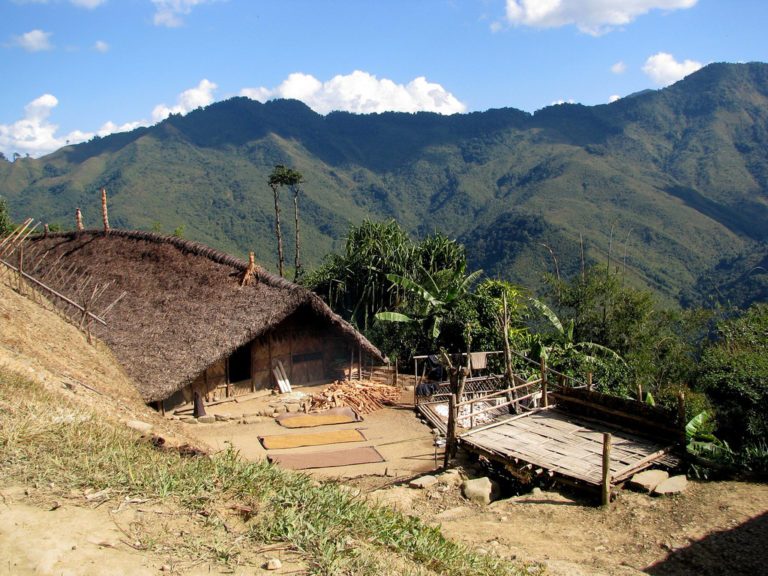 As the village straddles an international boundary line, one half of the Angh’s house falls within Indian Territory, whereas the other half lies under Myanmarese control. However, the whole village is controlled by the Angh and the village Council Chairman. Another interesting feature of this village is that the Angh of the village has 60 wives and his jurisdiction extends up to Myanmar and Arunachal Pradesh. Our special local guide speaks local dialect so he will unable the interaction with tribe people. Angh’s House and Morungs are decorated with different trophies like different animals skulls.
As the village straddles an international boundary line, one half of the Angh’s house falls within Indian Territory, whereas the other half lies under Myanmarese control. However, the whole village is controlled by the Angh and the village Council Chairman. Another interesting feature of this village is that the Angh of the village has 60 wives and his jurisdiction extends up to Myanmar and Arunachal Pradesh. Our special local guide speaks local dialect so he will unable the interaction with tribe people. Angh’s House and Morungs are decorated with different trophies like different animals skulls.
 After our picnic lunch we drive back to Mon and visit another Konyak Tattooed Head Hunters village – Hongpoi Village (approx. 15 kms/45 mins). We drive back to our resort by late afternoon and evening free to relax.
After our picnic lunch we drive back to Mon and visit another Konyak Tattooed Head Hunters village – Hongpoi Village (approx. 15 kms/45 mins). We drive back to our resort by late afternoon and evening free to relax.
Day 07: Mon- Jorhat (By surface approx. 190 Kms/06-07 Hrs)
After breakfast drive to Jorhat. En-route visit Charaideo Maidam – 30 kms from main Sibsagar town, sacred burial grounds of Ahom kings and queens and is also the place of ancestral Gods of the Ahoms. Later visit Kareng Ghar – The Royal Palace of Ahom Dynasty who ruled this area for 600 long years before the British came.
 After lunch continue your drive to Jorhat and on arrival transfer to your Tea resort for overnight stay.
After lunch continue your drive to Jorhat and on arrival transfer to your Tea resort for overnight stay.
Day 08: Jorhat-Kaziranga NP (approx. 90 kms/2-3 hrs.)
Morning after breakfast drive to Kaziranga National Park, famous for its one horn Rhinos. Arrive Kaziranga and transfer to your hotel. After lunch we go for our first Jeep safari in Central Zone. O/n hotel.
Kaziranga National Park is spread over 850 sq kms across Golaghat, Nagaon and Sonitpur districts. Kaziranga National Park is also designated World Natural Heritage sites by UNESCO in 1985. Originally established as a reserve forest in 1908, Kaziranga was declared a sanctuary in 1916 to counter excessive poaching, especially of its most prized inhabitant, the rhinoceros.
NOTE: Kaziranga National Park is closed from 01st May TILL 31st Oct every year.
Day 09: Kaziranga NP
Early morning enjoy Elephant safari to visit central range of the park.
 Return back to your hotel for breakfast and after breakfast another trip of Jeep safari in Western Zone of the park. Afternoon after lunch enjoys your Jeep safari into the park. O/n Hotel.
Return back to your hotel for breakfast and after breakfast another trip of Jeep safari in Western Zone of the park. Afternoon after lunch enjoys your Jeep safari into the park. O/n Hotel.
Jeep Safari Timings:
Morning Safari starts from 07.00 am till 09.30 am for 02 hours.
Afternoon Safari starts from 01.30 pm till 03.30 pm for 02 hours.
Elephant Safari Timings:
Central Zone of the park at 05.30 am and at 06.30 am for 40 minutes respectively.
Day 10: Kaziranga National Park – Guwahati – DELHI/KOLKATA (FLIGHT)
After breakfast drive back to Guwahati and straight transfer to airport to catch your flight to onward destination.
End of Tour
FAQs about the Tour
Q: How do I reach Ziro, the first destination of the tour?
A: You’ll take a flight from Kolkata to Lilabari and then drive to Ziro, covering around 130 km in approximately 4 hours.
Q: What unique cultural experiences can I expect in Ziro?
A: Ziro offers a glimpse into the intriguing Apatani culture, where women wear wooden nose plugs and both men and women showcase elaborate face tattoos. You’ll also explore different Apatani villages, each with distinct traditions and features.
Q: What is the significance of Majuli Island?
A: Majuli Island is the world’s largest river island and is famous for its “satras,” 15th-century monastic institutions that are the heart of Assamese culture. You’ll discover unique mask-making traditions at Samuguri Satra and explore the cultural heritage of the Mishing tribe.
Q: How can I experience the Naga culture in Mon?
A: In Mon, you’ll visit Longwa Village, known for straddling the Indian-Myanmar border and its unique governance system. You’ll interact with the Konyak tribe, known for their distinctive tattooed headhunter heritage.
Q: What historical attractions are there in Jorhat?
A: Jorhat offers a glimpse into Assam’s history, with visits to Charaideo Maidam’s sacred burial grounds and Kareng Ghar, the royal palace of the Ahom dynasty. These sites provide insight into the region’s regal past.
Q: What wildlife experiences await at Kaziranga National Park?
A: Kaziranga National Park is a UNESCO World Heritage Site renowned for its one-horned rhinos. You’ll enjoy thrilling elephant and jeep safaris amidst lush grasslands and water bodies, encountering diverse wildlife.
Q: Can you provide information about safaris in Kaziranga?
A: Kaziranga offers both elephant and jeep safaris. Morning and afternoon jeep safaris provide opportunities to spot wildlife, while early morning elephant safaris allow for closer encounters with animals like the one-horned rhinos.
Q: What is the best time to visit Kaziranga National Park?
A: Kaziranga is open for tourism from November to April. However, note that the park is closed from May to October due to the monsoon season.
Q: How does the tour conclude in Guwahati?
A: The tour wraps up in Guwahati, where you can explore local markets, savor Assamese cuisine, and enjoy the scenic beauty of the Brahmaputra River before departing for your onward journey.
Q: What type of accommodations are provided during the tour?
A: Accommodations include hotels and lodges that offer comfortable stays, allowing you to rest and rejuvenate after each day of exploration.
Get a Quote: Call/Whatsapp: +91 9810954649 or Fill Contact Form



